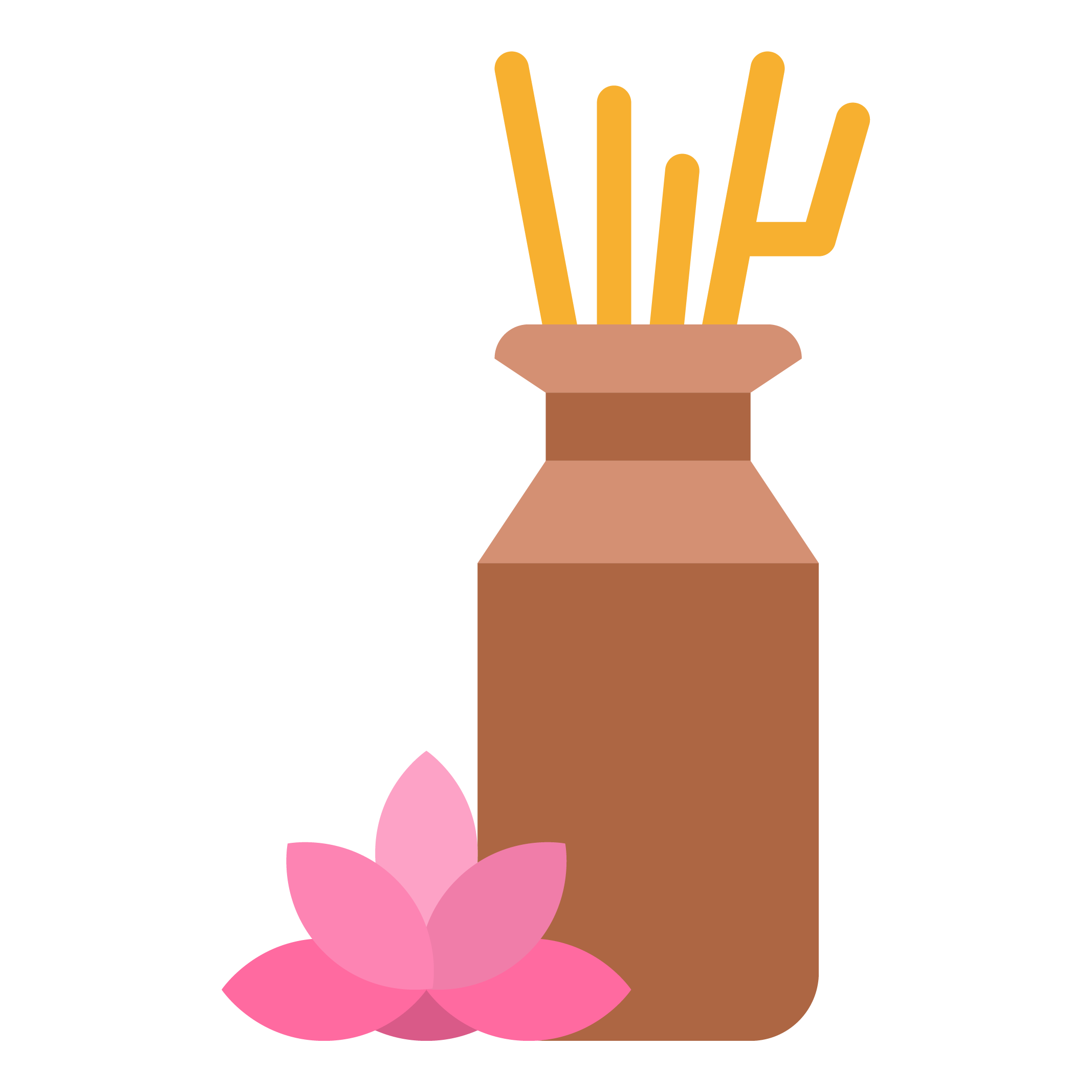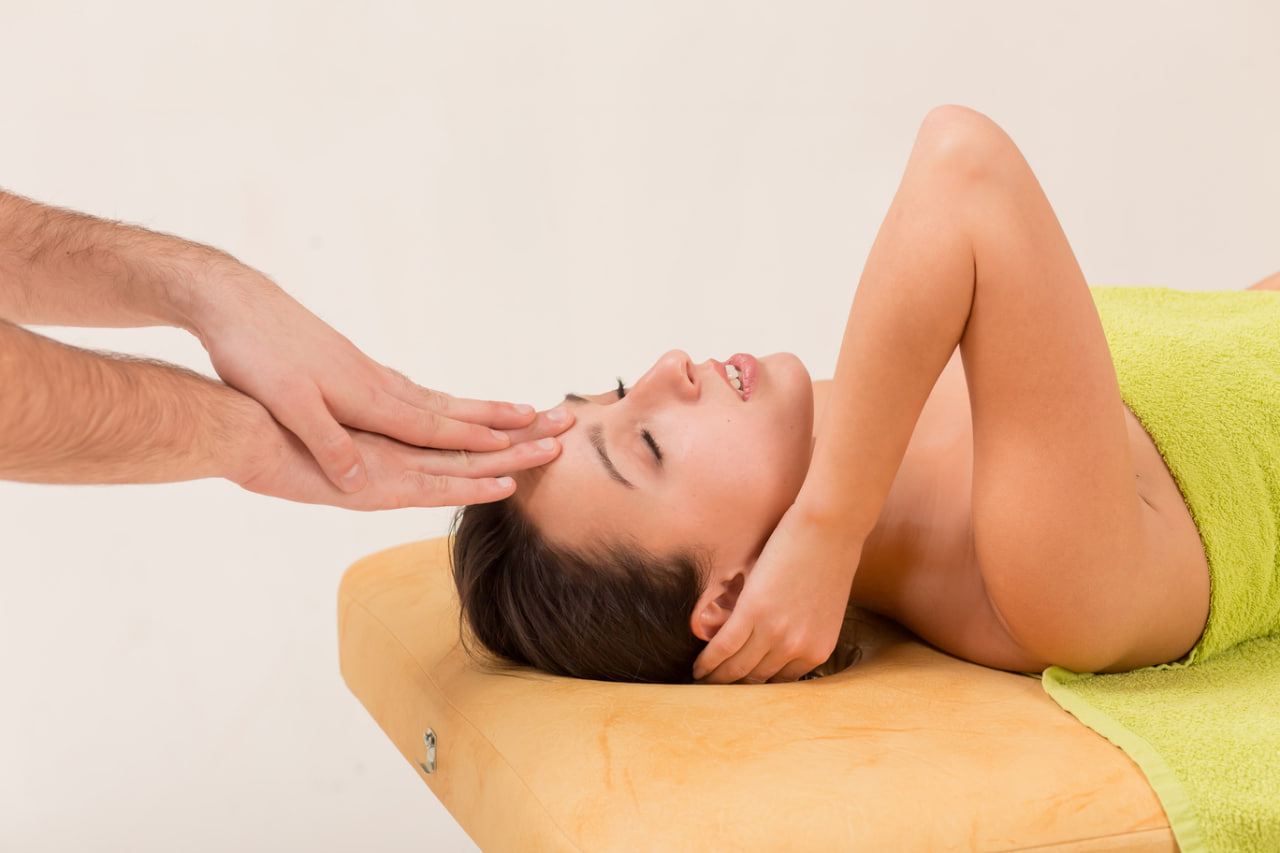The Science of Relaxation: How Touch Reduces Stress and Boosts Mood
Human touch is one of the most profound ways to communicate safety, care, and connection. Beyond the warmth it brings emotionally, touch has measurable effects on our physical and mental well-being. Massage, even when performed at home by non-professionals, can reduce stress hormones, balance the nervous system, and restore emotional equilibrium. Understanding the science behind this simple yet powerful act reveals why touch is essential for human health.
The Biology of Touch
The human body is equipped with thousands of sensory receptors embedded in the skin, each designed to detect pressure, temperature, and texture. When these receptors are stimulated through gentle or rhythmic touch, they send signals to the brain’s somatosensory cortex — the area responsible for interpreting physical sensations.
However, massage activates more than just the sense of touch. It also stimulates the vagus nerve, a key player in the parasympathetic nervous system. This system is often referred to as the “rest and digest” mode — the body’s counterbalance to the stress-driven “fight or flight” response. Activation of the vagus nerve lowers heart rate, reduces blood pressure, and promotes a deep sense of calm.
Hormonal Balance and Stress Reduction
When we experience chronic stress, our bodies release high levels of cortisol, a hormone that prepares us for immediate action but drains us over time. Massage can naturally decrease cortisol levels while simultaneously increasing the production of serotonin and dopamine — neurotransmitters associated with happiness and satisfaction.
These chemical changes don’t just make you feel better; they influence your immune system, digestion, and energy levels. By reducing the biochemical markers of stress, regular massage helps create an internal environment where both body and mind can recover and thrive.
Emotional Safety and Connection
Beyond biology, touch carries deep emotional meaning. It signals trust, empathy, and belonging — fundamental human needs that are often overlooked in the rush of daily life. For many people, safe and intentional touch helps repair emotional disconnect, easing anxiety and loneliness.
When performed with care, home massage creates a bridge between people, encouraging vulnerability and openness. Studies in psychology have shown that shared relaxation experiences strengthen relationships and improve emotional regulation. In short, touch helps us feel seen and understood.
The Role of Touch in Sleep and Recovery
Massage also plays a crucial role in improving sleep quality. By reducing muscular tension and activating calming neurotransmitters, it prepares the body for deep rest. Touch influences melatonin production — the hormone that regulates sleep cycles — helping individuals fall asleep faster and experience more restorative sleep.
Moreover, consistent relaxation practices such as massage can accelerate physical recovery. Athletes, for example, use massage to reduce inflammation and speed up muscle repair. For everyday individuals, this means less fatigue and better resilience to stress.
Integrating Massage into Daily Life
You don’t need a professional setting to experience the science-backed benefits of touch. Simple techniques such as shoulder rubs, foot massages, or scalp massages can create meaningful physiological changes. The key lies in consistency and intention — slow, mindful movements paired with deep breathing enhance both physical relaxation and emotional grounding.
To make massage a sustainable habit, pair it with small rituals: soft lighting, calming scents, and soothing music. Over time, your body begins to associate these cues with relaxation, making it easier to unwind even before the massage begins.
The Mind-Body Connection
What makes touch so effective is its ability to unite physical sensation with emotional comfort. It reminds us that we are whole beings — not separate parts operating independently. When we engage in intentional touch, we activate both body and mind in harmony.

